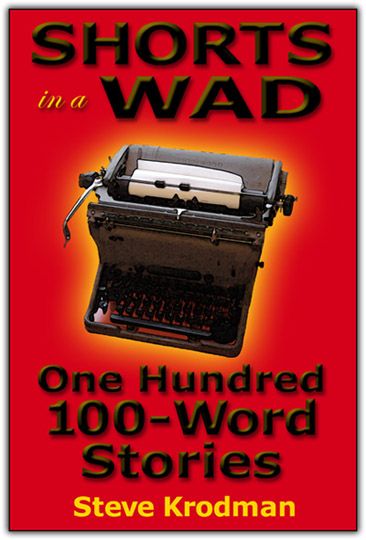I’m in the process of re-reading The Omnivore’s Dilemma, Michael Pollan’s 2006 social and anthropological treatise on the food we eat. It’s a timely book, given our peculiar national obsession - and cluelessness - about what to have for dinner.
Pollan points out that one of the underpinnings of the modern American corn- and soybean-driven agri-industrial food chain is the widespread availability of chemical fertilizers. Without chemical fertilizers, you cannot grow corn and soy with the exceptionally high yields that make them economically feasible. And without chemical fertilizers, this planet would not be able to support the sheer numbers it does.
The invention that made Earth’s current human population possible was the Haber-Bosch process: the catalytic manufacture of ammonia from hydrogen and atmospheric nitrogen. Fritz Haber received the 1918 Nobel Prize in Chemistry for this landmark development, prior to which the supply of fertilizer depended on the availability of naturally occurring fixed (i.e., combined with hydrogen) nitrogen.
Before Haber, if you wanted fertilizer, you had only a few options. You could fertilize the soil by planting legumes, the roots of which have nodules containing nitrogen-fixing bacteria. Legumes make their own fertilizer... and there’s enough left over to enable other crops to thrive. Or you could find a good source of shit. In ancient China, crops were traditionally fertilized with human excrement (“night soil”) collected specially for the purpose. And the rocky beaches and offshore islands of Chile and Peru, home to legions of seabirds, were a rich source of guano - bird-, bat-, or seal-shit - an excellent natural fertilizer.
Only trouble is, there was not enough shit or beans to support the growing population of Planet Earth back in the early twentieth century. Unless some way were found to enable massive improvements in agricultural productivity, things would start getting very unpleasant. Massive famines. Wars over dwindling food sources. An ugly picture loomed.
Enter the Haber-Bosch process. Suddenly you had an industrial process for making all the ammonia you wanted, ammonia you could use to produce fertilizers, chemicals, and explosives. All it took was hydrogen, air, and fuel - the latter to generate the high temperatures required by the process. Petroleum and/or natural gas thus became the new raw materials for fertilizer. For food.
Billions of people alive today owe their existence to Fritz Haber. Without his invention, there would not be enough food to sustain them. (You can excuse Chile for their lack of joy on Haber’s behalf - his invention sounded the death knell for their guano-based fertilizer industry.)
Ironically, a goodly portion of Haber’s prodigious scientific output was directed toward the development of chemical warfare, the new Destructive Technology of World War I. A German patriot, he created processes for manufacturing chlorine and other deadly gases, going so far as to personally supervise their use on the battlefield. His wife, opposed to his war-related work, committed suicide as a way of protesting his activities.
Haber’s eponymous Fritz Haber Institute was responsible for developing the cyanide-based poison gas Zyklon-B. Originally used as an insecticide and fumigant, Zyklon-B became a tool with which the Nazis exterminated millions of Jews.
Ironically, Haber was the son of Hasidic Jews. His support of the German war effort during WWI and his conversion to Christianity were not enough to keep him in good odor amongst the Nazis, and so he emigrated to England in 1933. His plans to move to Palestine the following year were never fulfilled: He died of heart failure in Switzerland, enroute to the Promised Land. And years later, as the Third Reich geared up for the Final Solution, many of Haber’s relatives would perish in the death camps... breathing the Zyklon-B gas that was Haber’s most sinister legacy.
Friday, June 25, 2010
Subscribe to:
Post Comments (Atom)




















1 comment:
I did not know that...Interesting
Post a Comment